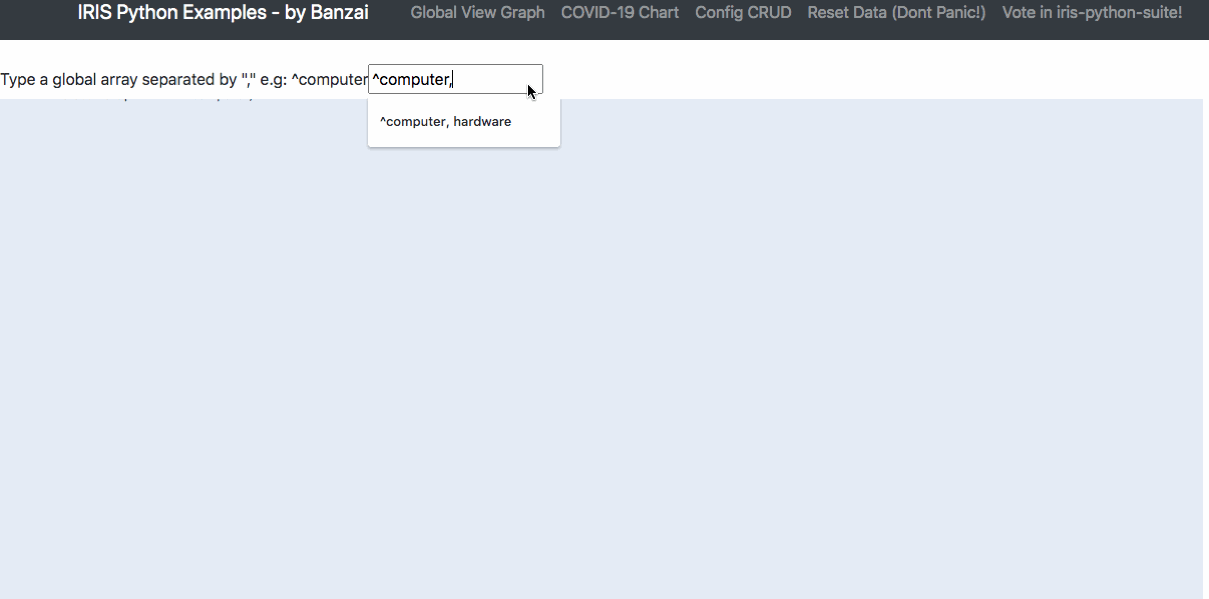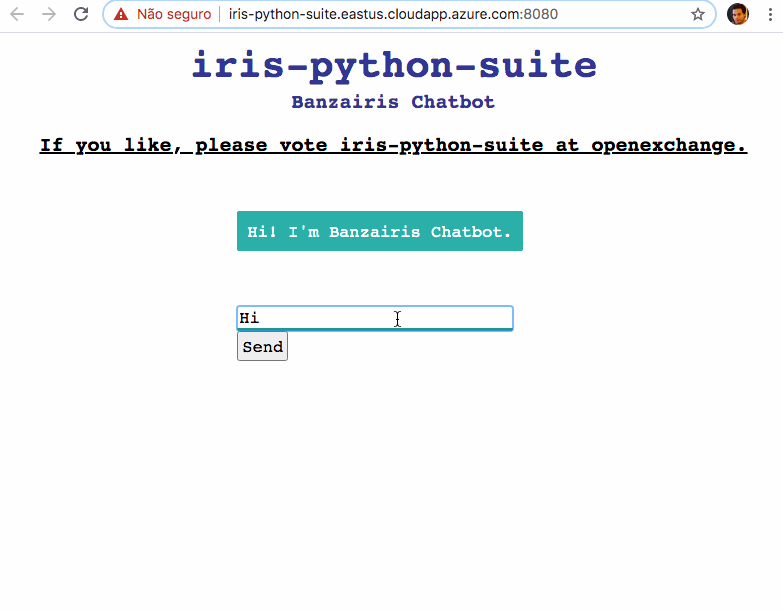Hi developers!
We are starting InterSystems AI Programming Contest next week, and according to the rules, you can include some technology IRIS Features into your solutions, which will give you extra points in the voting.
Here are the technology bonuses for InterSystems AI Programming Contest!
1. IntegratedML usage - 2 expert vote points
IntegratedML is a new technology Introduced in InterSystems IRIS which you can use with InterSystems IRIS 2020.2 Advanced Analytics Preview release. IntegratedML:
- Gives users the ability to create, train, and deploy powerful models from simple SQL syntax without requiring data scientists.
- Wraps "best of breed" open source and proprietary "AutoML" frameworks including DataRobot.
- Focuses on easy deployment to IRIS, so you can easily add machine learning to your applications.
Learn more in IntegratedML Resource Guide.
You can use with IntegratedML template.
2. Python Gateway usage - 1 expert vote point
Python Gateway is an addon to InterSystems IRIS which gives you the way to use Python in InterSystems IRIS environment:
- Execute arbitrary Python code.
- Seamlessly transfer data from InterSystems IRIS into Python.
- Build intelligent Interoperability business processes with Python Interoperability Adapter.
- Save, examine, modify and restore Python context from InterSystems IRIS.
Learn more about Python Gateway.
You can use the Python Gateway template, which includes IntegratedML too.
3. Docker container - 1 expert vote point
The application gets a 'Docker container' bonus if it uses InterSystems IRIS running in a docker container.
Both templates, IntegratedML template and Python Gateway template use docker so you can collect this bonus if you build your solution using these templates.
Or you can use any other Docker-based templates, published on Open Exchange.
Feel free to ask any questions about using the listed technologies.
Good luck in the competition!


.png)





